Archives
- 2025-11
- 2025-10
- 2025-09
- 2025-03
- 2025-02
- 2025-01
- 2024-12
- 2024-11
- 2024-10
- 2024-09
- 2024-08
- 2024-07
- 2024-06
- 2024-05
- 2024-04
- 2024-03
- 2024-02
- 2024-01
- 2023-12
- 2023-11
- 2023-10
- 2023-09
- 2023-08
- 2023-07
- 2023-06
- 2023-05
- 2023-04
- 2023-03
- 2023-02
- 2023-01
- 2022-12
- 2022-11
- 2022-10
- 2022-09
- 2022-08
- 2022-07
- 2022-06
- 2022-05
- 2022-04
- 2022-03
- 2022-02
- 2022-01
- 2021-12
- 2021-11
- 2021-10
- 2021-09
- 2021-08
- 2021-07
- 2021-06
- 2021-05
- 2021-04
- 2021-03
- 2021-02
- 2021-01
- 2020-12
- 2020-11
- 2020-10
- 2020-09
- 2020-08
- 2020-07
- 2020-06
- 2020-05
- 2020-04
- 2020-03
- 2020-02
- 2020-01
- 2019-12
- 2019-11
- 2019-10
- 2019-09
- 2019-08
- 2018-07
-
The numbers and types of molecules needing to
2024-11-21
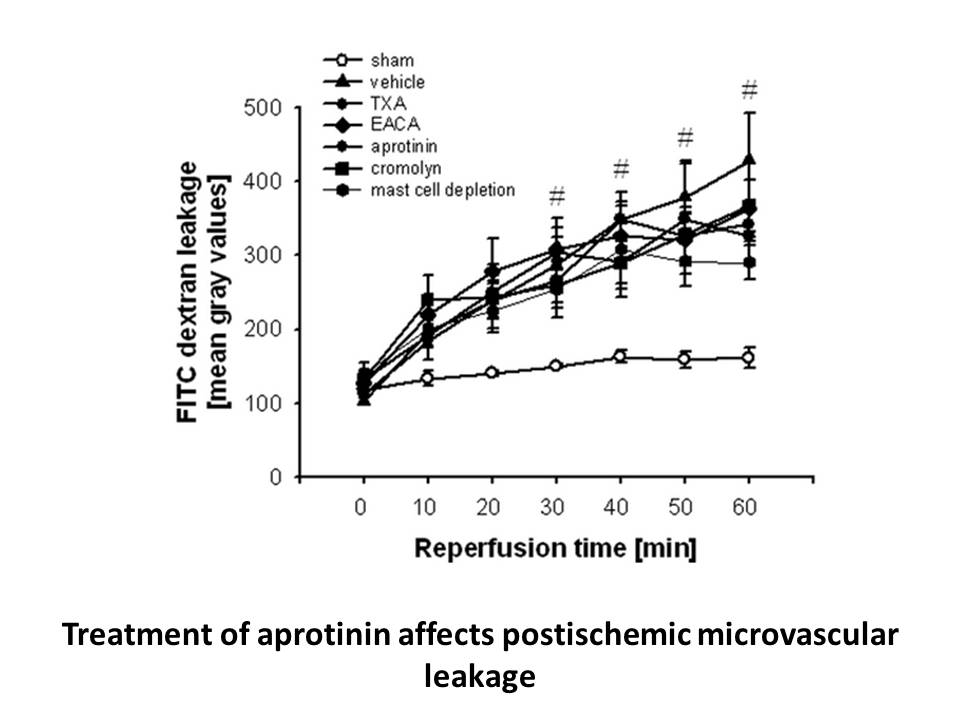
The numbers and types of molecules needing to be transported across membranes are very large, and there is a corresponding very large and diverse number of transporters expressed throughout the body. Hundreds of proteins that have been assigned as having transporter function are broadly divided into
-
The anorexic effect observed when
2024-11-21
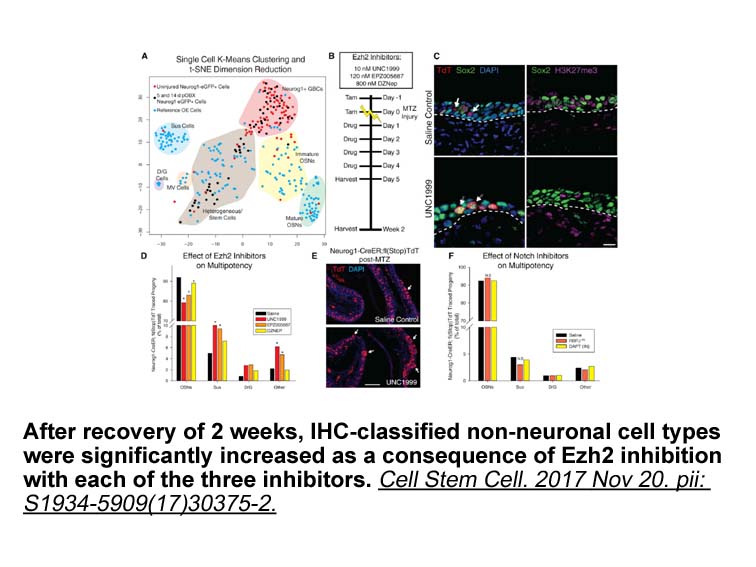
The anorexic effect observed when AR231630 is infused into the VTA could be the result of the DA release inhibition, as previously described [11]. However, there is also a hedonic aspect in feeding that possibly involves dopaminergic mechanisms of reward. Helm et al. showed a functional link between
-
Children with ADA SCID commonly suffer
2024-11-21
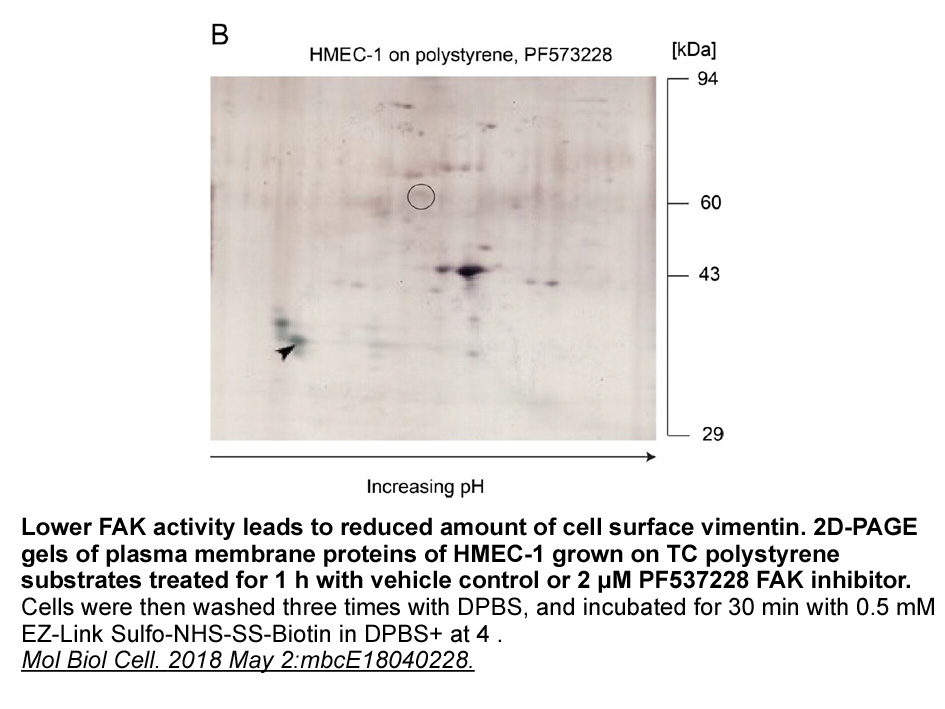
Children with ADA-SCID commonly suffer from a variety of opportunistic infections, including viral, fungal, and mycobacterial infections. Due to defects in DL-Menthol mg and IG production, they are also susceptible to infection with encapsulated bacteria such as Haemophilus influenzae, Streptococcus
-
In the final set of experiments the dependence of
2024-11-21
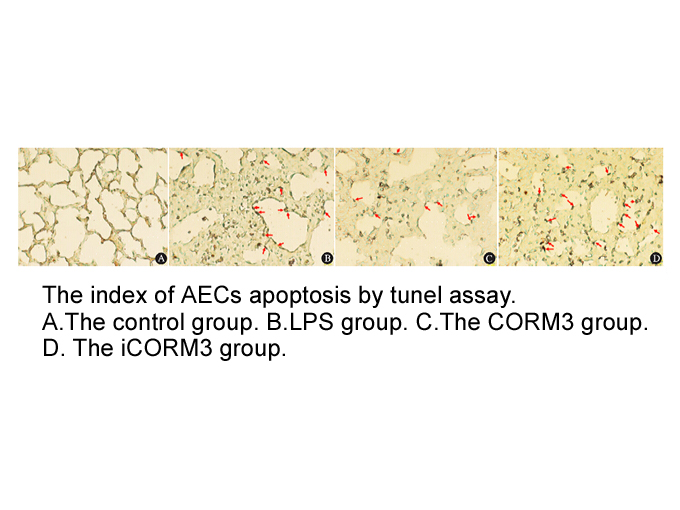
In the final set of experiments, the dependence of the reaction rate on viscosity was determined. The experimental protocol previously used to study the reaction of LOX with AA was used., Reactions of 5-LOX and AA were carried out at different relative viscosities in Tris buffer (25mM, pH 8.0) at 2
-
br The cytochrome P enzyme hydroxylase lyase
2024-11-20

The cytochrome P450 enzyme 17α-hydroxylase/17,20-lyase (P450) is involved in the production of the C containing androgen precursors from the C containing steroids such as the pregnanes and progestins (). Steroids such as androstenedione (AD) and dehydroepiandrosterone (DHEA) are therefore synthesi
-
The mechanism by which Gas prevents inflammation has
2024-11-20
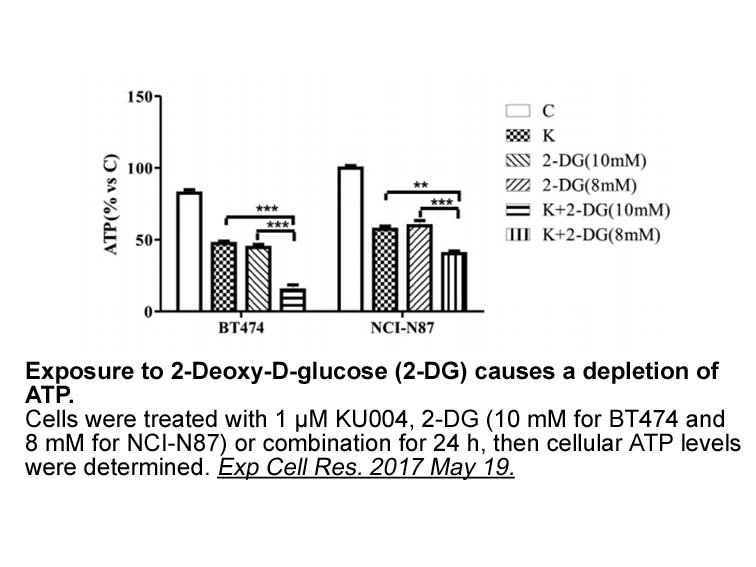
The mechanism by which Gas6 prevents inflammation has been reported to be via inhibition of Toll-Like receptors (TLRs) signaling (Cui et al., 2016). After injury, TLRs become stimulated, leading to downstream activation of TRAF3 and TRAF6 and translocation of several transcription factors, such as I
-
Transient transfection with ATR kinase
2024-11-20
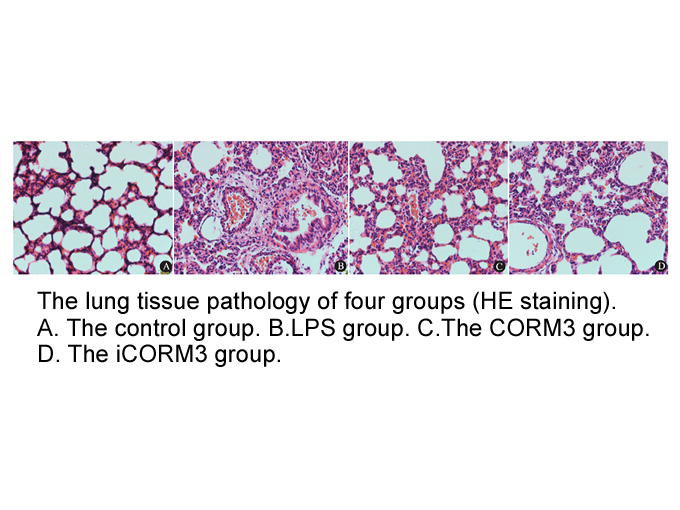
Transient transfection with ATR kinase-dead (D2475→A) [30] and ATM kinase-dead (D2870→Ala and N2875→K) [31] constructs was performed using Fugene 6 (Roche Applied Science, Indianapolis). Three microliters of fugene 6+1μg plasmid was used in transfections using 6-well plates at 2×105 cells/well and a
-
The apoptosis promoting Bcl family includes BH only proteins
2024-11-20

The apoptosis-promoting Bcl-2 family includes BH3-only proteins (e.g., Bim, Bid and Bad) and multiple-domain proteins (e.g., Bax and Bak). At the time of apoptosis stimulation (e.g., DNA damage), only the BH3-only protein is activated, directly or indirectly promoting Bax/Bak oligomerization, changi
-
Prolonged duration of antimicrobial agents is also
2024-11-20
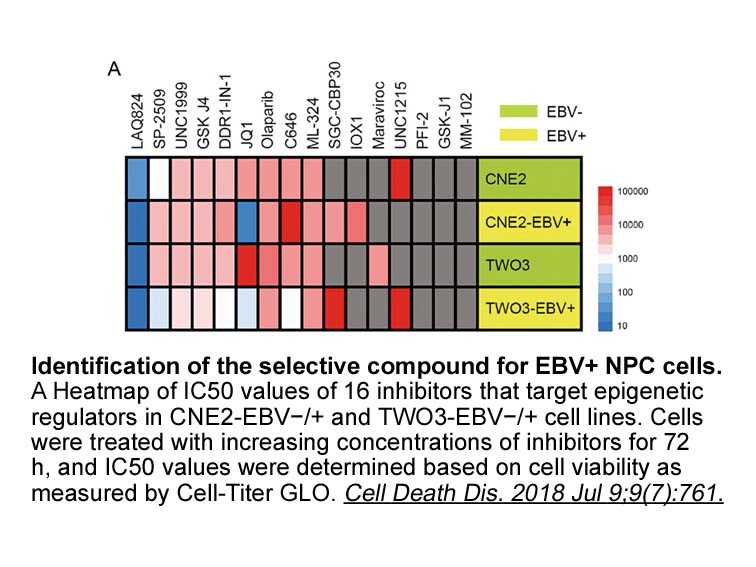
Prolonged duration of antimicrobial agents is also associated with increased risk of CDI by extending the time disruption of normal enteric flora. This emphasizes the importance for clinicians to adhere to shorter durations of therapy. Although longer durations of therapy are associated with a great
-
br Results and discussion This paper
2024-11-20

Results and discussion This paper reports the synthesis of methoxy and 4-thio derivatives of quercetin and luteolin, which includes two new derivatives (4 and 12) and explores how subtle variations in the chemical structure of flavonoids affect their biological activity, particularly in relation
-
The incremental reduction albeit not
2024-11-20

The incremental reduction, albeit not statistically significant, in collagen I with LCZ696 compared to perindopril treated animals, may therefore be related to a more compliant ventricle in LCZ696-treated animals. This is not so surprising given the incremental anti-fibrotic effect of the active met
-
Recently different kinds of A aggregation inhibitors have be
2024-11-20
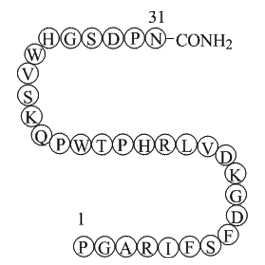
Recently, different kinds of Aβ aggregation inhibitors have been reported, including small molecules [8], peptides [9], and nanoparticles (NPs) [10]. The working mechanisms of the inhibitors are mostly to bind or adsorb Aβ molecules and to affect the conformational changes followed by blocking the a
-
Bioinformatics tools are becoming more powerful and reliable
2024-11-20
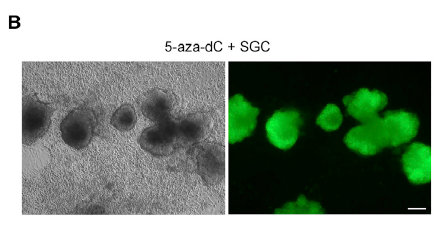
Bioinformatics tools are becoming more powerful and reliable due to the growing number and availability of experimentally determined protein structures (Arnold et al., 2006, Suplatov et al., 2015, Wiltgen and Tilz, 2009). The SWISS-MODEL and MODELLER programs are most frequently used for homology or
-
Pathogen infected macrophages release exosomes associating w
2024-11-20

Pathogen-infected ubiquinone coq10 release exosomes associating with pathogen-associated molecular patterns (PAMPs) such as LPS and lipoprotein derived from microorganisms [29,30]. Exosomes released by bacterially infected, but not uninfected, macrophages stimulate macrophages to release inflammato
-
The AHR potentially enhances IDO
2024-11-20
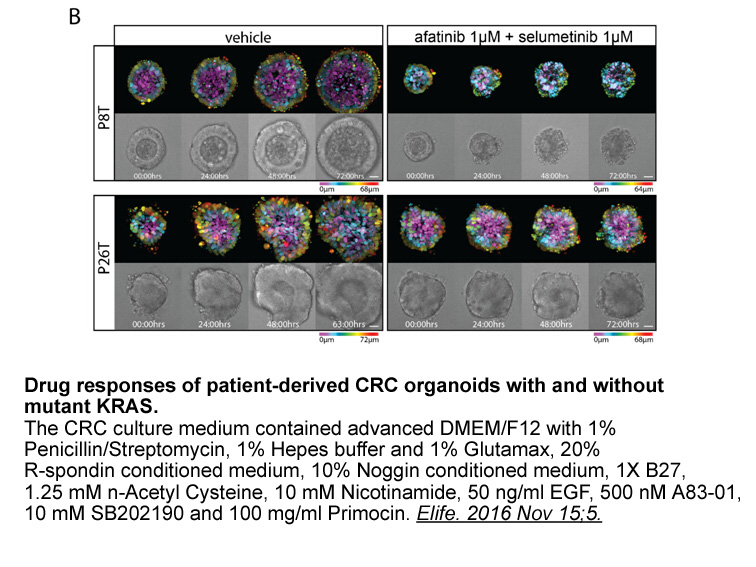
The AHR potentially enhances IDO-expression, possibly via crosstalk with several inflammatory signaling pathways (shown by now for IL6 and ‘signal transducer and activator of transcription’ (STAT) 3, and for NFκB, toll like receptor-pathways) [56,59,60]. IDO metabolizes Trp to kynurenines, which are
14221 records 51/949 page Previous Next First page 上5页 5152535455 下5页 Last page